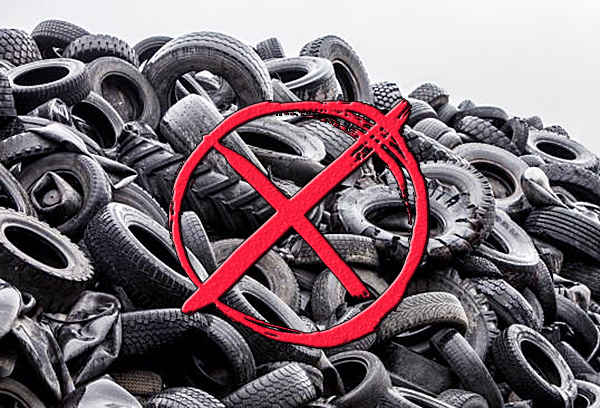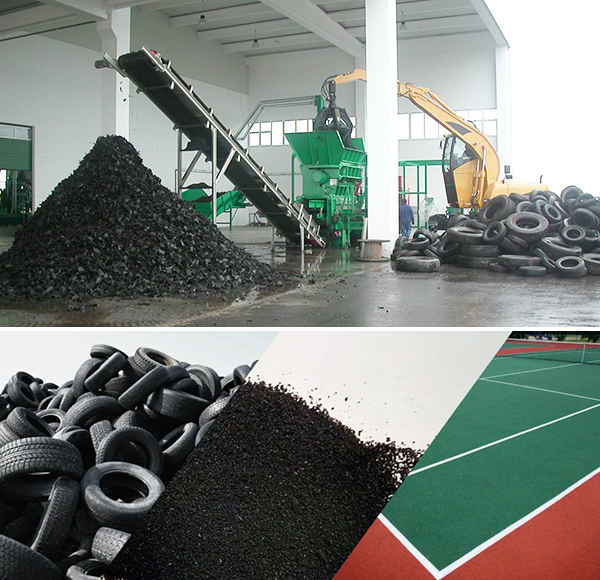Why shouldn’t discarded tires be stockpiled?
Why Stockpiling Discarded Tires Poses Risks and What to Do Instead
Accumulating discarded tires presents grave environmental, health, and safety hazards. This piece elucidates the imperative of avoiding tire stockpiling and offers viable alternatives.

Fire Hazard
Discarded tires, highly flammable, readily ignite, engendering uncontrollable fires. These fires emit toxic fumes and pollutants, persisting for weeks or months, perpetuating air pollution and imperiling nearby communities.
Breeding Ground for Mosquitoes
Piles of tires collect stagnant water, ideal for mosquito breeding. These insects carry diseases like West Nile virus, Zika virus, and dengue fever, endangering both humans and animals.
Habitat for Pests
Discarded tires provide refuge for rodents, insects, and pests, escalating infestation risks. These pests propagate diseases, inflict property damage, and disrupt ecosystems, jeopardizing human health and environmental stability.
Leaching of Toxic Chemicals
Over time, tire chemicals leach into soil and groundwater, contaminating the environment. Heavy metals like lead and cadmium, alongside carcinogenic compounds, pose hazards to human health and ecosystems.
Aesthetic and Economic Impact
Tire piles mar natural beauty, parks, and neighborhoods. They devalue properties, deter tourism, and impede economic growth in affected regions.
Alternatives

Recycling: Advocate for recycling initiatives converting tires into useful products like rubberized asphalt, playground surfaces, and athletic tracks.
Proper Disposal: Promote responsible tire disposal through designated recycling centers or participating tire retailers.
Reuse: Explore innovative tire reuse in art, gardening, or erosion control.
Additional Insights

Annually, the US discards approximately 290 million tires, underscoring the magnitude of this issue.
Recycling one ton of tires conserves 1.1 barrels of oil and prevents 2,000 pounds of carbon dioxide emissions.
Tire-derived fuel (TDF) sparks debates; while proponents tout its energy efficiency, critics raise concerns about air pollution and toxic emissions.
Addressing tire stockpiling risks and embracing sustainable solutions is pivotal to mitigating environmental harm, safeguarding public health, and nurturing cleaner, safer communities.












